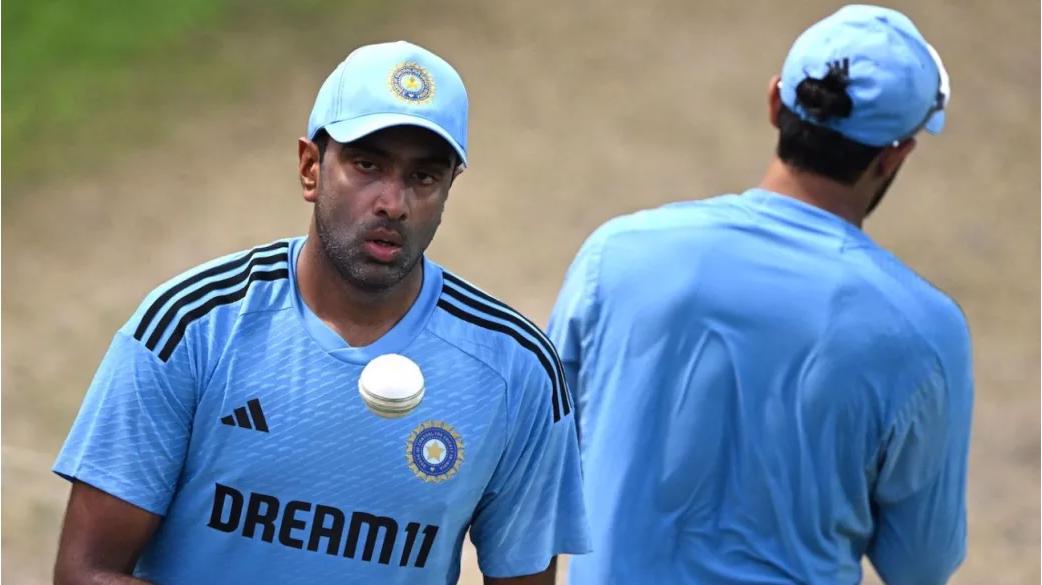
India appeared to have drawn a line in the sand after
June 18, 2017. They made a clean rupture without explicitly declaring it after
failing to defend 321 against Sri Lanka in a Champions Trophy league match and
giving up 338 against Pakistan in the championship. One of the three teams in
that competition without a wristspinner, they chose to replace two legends of
the sport, R Ashwin and Ravindra Jadeja, with two rookie wristspinners, who
made India the most dangerous bowling team in the middle overs.
India were a little late to catch on, but when they
did they bought into it more than any other side. Six years later, India
incredibly started the World Cup with both Ashwin and Jadeja in the XI, who
bowled 20 overs for 62 runs and four wickets between them.
Whatever has occurred has not only affected India.
Playing more wristspinners was a response to the new field regulations, which
included two additional balls, one fewer fielder on the fence, and the ban on
“suspicious” moves. In ODIs, wristspinners bowled a quarter of all spin
balls in 2015, but from 2016 onward, the percentage grew to two wrist spinners
for every ball bowled. However, since 2021, fingerspinners have made a
comeback, with wristpin now accounting for one out of every four balls.
There is a surface-level explanation for this pattern.
Wristspin is once again reserved for the best spinner who can also bat because
it may have lost some of its novelty over time. The knowledge obtained from
2017 to 2020 would have told New Zealand to play Sodhi for wickets in the
middle overs after they lost Lockie Ferguson instead of a combination of Rachin
Ravindra and Glenn Phillips because they required batting depth.
Due to the fact that Axar Patel, the player who was
injured to make room for Ashwin, was also chosen because he offered batting
depth, it should come as no surprise that India has reinstated Ashwin, despite
how retrograde it may appear to the untrained eye.
Because T20s contain an extra outside fielder, which,
in the immortal words of Ashwin, enables bowlers to throw “well-constructed
bad balls,” wristspin is particularly popular in these games.
Fingerspin allows you to have more control over where
you land the ball but less mystery after that because it is a more precise and
consistent skill. It is really challenging to release wristspun deliveries
flawlessly; aside from the wrong one, that faulty release also adds to the
intrigue. You have less time as a batsman to respond to that erroneous release,
and the bowler can defend the boundaries with an additional fielder out. In ODIs,
that doesn’t work.
Having said all that, a good spinner is still a good
spinner. Kuldeep Yadav doesn’t offer runs with the bat, but he gets in because
he is that good. The only difference now is that teams want more depth, and
when push comes to shove, it is the wristspinner who gets the boot and not the
fast bowler, provided they have equal batting skills. For us it is a new trend;
for those on the inside, it is one of those cyclical things.
It takes one big wave to delete lines in the sand.

